Projection markovienne de processus stochastiques
Projection markovienne de processus stochastiques
Projection markovienne de processus stochastiques
Create successful ePaper yourself
Turn your PDF publications into a flip-book with our unique Google optimized e-Paper software.
tel-00766235, version 1 - 17 Dec 2012<br />
Hence, the limit when ǫ → 0 of<br />
1<br />
ǫ [Uǫ −I]Uth<br />
exists, implying that Uth belongs to the domain of A for any h ∈ D 0 .<br />
Thus,<br />
T<br />
belongs to the domain of A and<br />
T<br />
ǫ<br />
ǫ<br />
due −u Uuh<br />
due −u T<br />
UuAh = A due<br />
ǫ<br />
−u Uuh.<br />
Since U is a contraction semigroup and given the continuity property of<br />
Ut on the space D0 , one may take ǫ → 0 and T → ∞ in (2.15), leading<br />
to ∞<br />
e −t ∞<br />
Uthdt = U0 +A due −u Uuh.<br />
Thus<br />
0<br />
<br />
I −A ∞<br />
due −u Uuh(s,x) = U0h(s,x) = h(s,x),<br />
0<br />
yielding h ∈ Im(I − A). We have shown that (Ut,t ≥ 0) generates<br />
a strongly continuous contraction on C0([0,∞[×R d ) with infinitesimal<br />
generator A (see [40, Theorem 2.2, Chapter 4]). The Hille-Yosida theorem<br />
[40, Proposition 2.6, Chapter 1] then implies that for all λ > 0<br />
Im(λ−A) = C0([0,∞[×R d ).<br />
5. Now let pt(x0,dy) be another solution of (2.7). First, consi<strong>de</strong>ring equation<br />
(3.13) for the particular function g(y) = 1, yields<br />
<br />
∀t ≥ 0 pt(x0,dy) = 1,<br />
and pt(x0,dy) has mass 1.<br />
R d<br />
34<br />
0




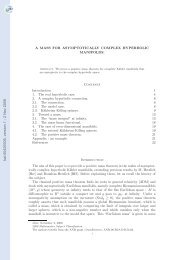
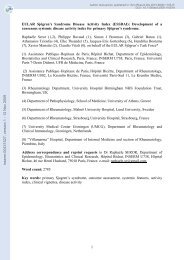
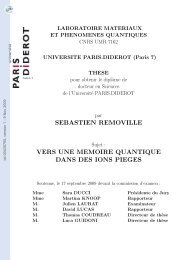
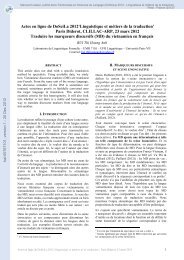
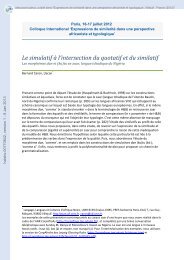
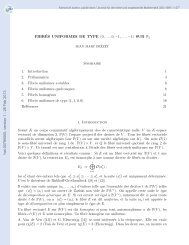
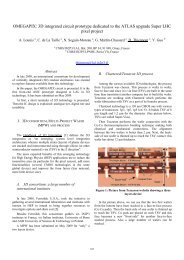
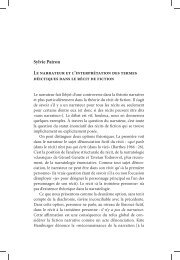
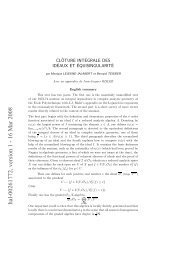
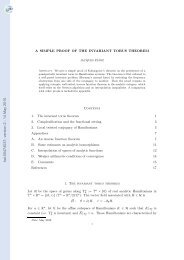
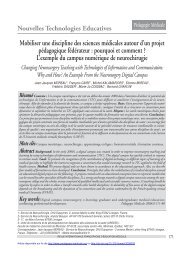

![[tel-00433556, v1] Relation entre Stress Oxydant et Homéostasie ...](https://img.yumpu.com/19233319/1/184x260/tel-00433556-v1-relation-entre-stress-oxydant-et-homeostasie-.jpg?quality=85)